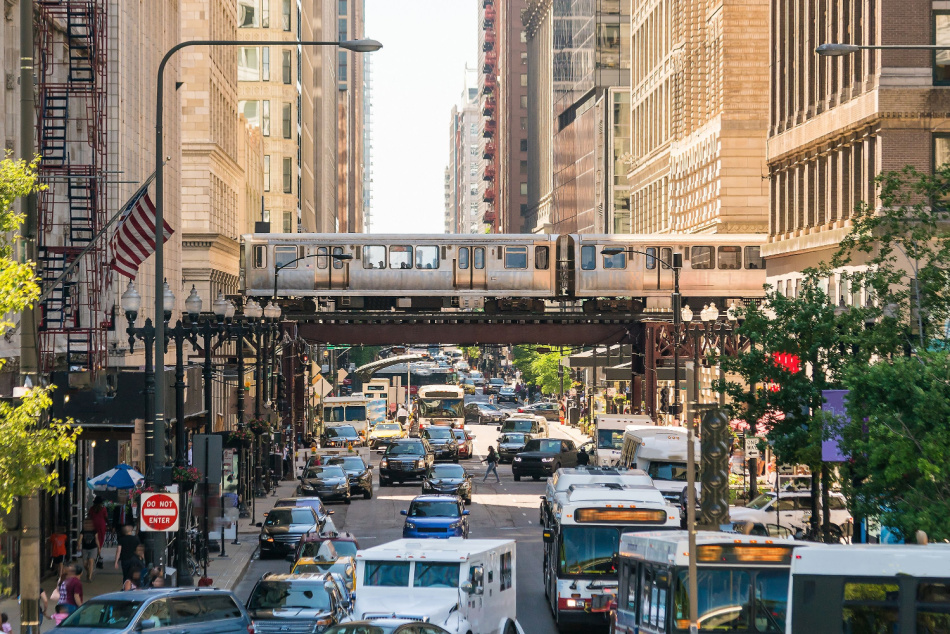The United States Departments of Energy, Transportation, Housing and Urban Development, and the Environmental Protection Agency have produced a much-needed Blueprint for decarbonizing the entire US transportation system. It is hoped that the policy will reduce all greenhouse gas emissions from the transportation sector by 2050.
“The domestic transportation sector presents an enormous opportunity to drastically reduce emissions that accelerate climate change and reduce harmful pollution,” said Jennifer M. Granholm, Secretary of Energy of the United States.
Transportation: an enormous contributor to greenhouse gas emissions in the U.S.
The Blueprint effectively reinforces the Biden-Harris administration’s position on climate change. It is intended to address the situation and accomplish the President’s aims of guaranteeing a “100 percent clean electrical grid by 2035 and reaching net-zero carbon emissions by 2050”.
“DOE [Department of Energy] is prepared to implement this Blueprint alongside our partners within the Biden-Harris Administration to ensure all Americans feel the benefits of the clean transportation transition: good-paying manufacturing jobs, better air quality, and lower transportation costs,” Granholm stated.
A third of all domestic greenhouse gas emissions are attributed to the transportation network, which comprises all modes of travel (land, air, and sea). Transportation costs are the second highest annual household expense in the United States. Furthermore, transportation expenses are “disproportionately and unsustainably high” for low-income households.
To decarbonize all transport, a well-planned strategy is needed
This Blueprint follows a three-pronged plan. First, promote convenience by ensuring that critical services are positioned close to where people reside in order to reduce commuting burdens, improve walkability, and enhance living quality. This requires community design and land-use planning at the local and regional levels.
Second, optimize efficiency by increasing the availability of inexpensive, accessible, efficient, and dependable options such as public transportation and boosting the effectiveness of all vehicles. Third, go green by deploying zero-emission vehicles and fuels in all forms of transportation.
In addition to creating a supportive infrastructure for clean mobility, developing clean-energy technologies like electric vehicles, hydrogen, and sustainable fuels is essential for a smooth but well-planned transition.
A significant step toward net-zero carbon emissions by 2050
“The people HUD serves deserve clean, affordable transportation options,” stated Marcia Fudge, Secretary of Housing and Urban Development in the United States. “HUD is proud to join our federal partners at Energy, DOT, and EPA to ensure that clean transportation investments are made equitably and include communities and households that have been most harmed by environmental injustice. We look forward to working together to better align transportation, housing, and community development investments in these and other communities across the country,” Fudge added.
The Blueprint is a first-of-its-kind strategy for federal leadership and collaboration to decarbonize the entire transportation sector in the United States.











